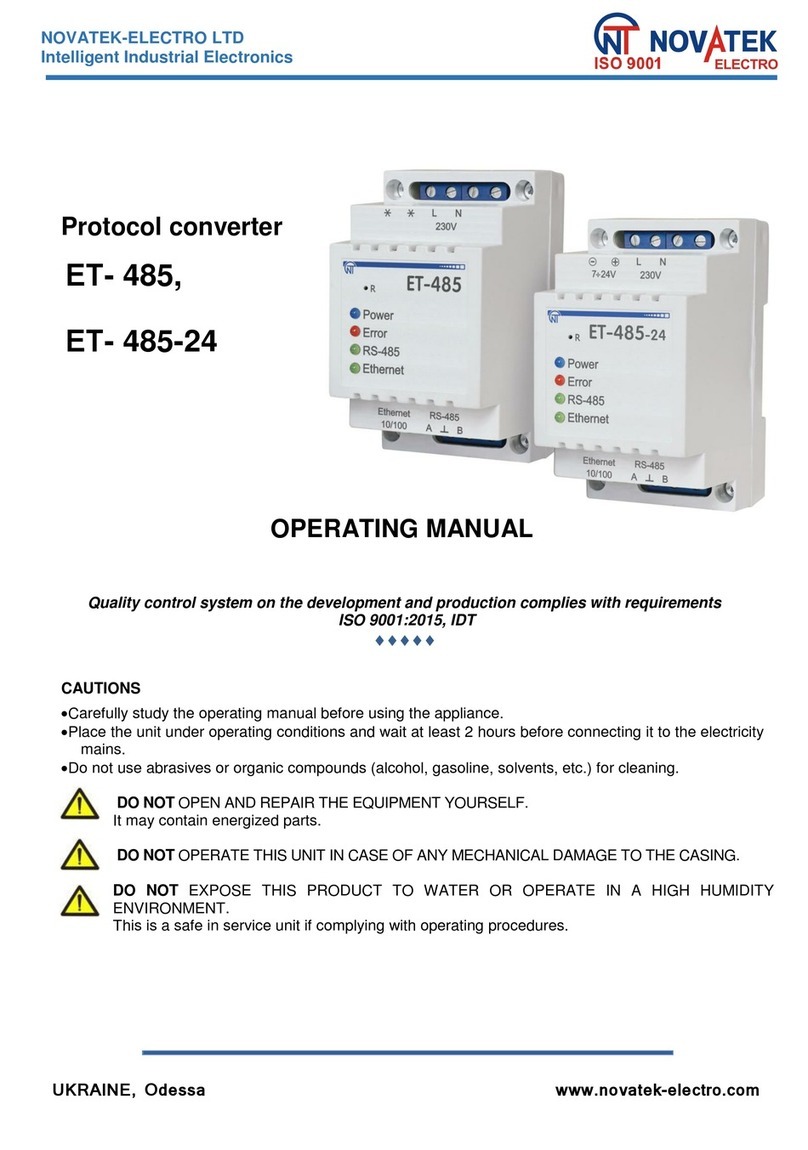
NT91214/15 Series
10 V1.0
Operating Procedures
Symbol Definitions:
In the description below, signals are defined in terms of
the key or switch which is activated.
OFF Hook means the phone is off the hook.
On Hook means that the phone is on the hook.
D1 represents for the first digit dialed in a string of
digits.
Dn ( Dk ) represents for the last digit dialed in a
string of digits.
Dn+1 represents for the beginning of a new string of
digits.
Dn+m represents for the last digit in a new string of
digits.
HFI↓represents for the switch that activates the
HANDS-FREE DIALING mode going low
*/T is the Pulse-to-DTMF key
RD is the Redial key.
0 is the Zero key.
P is the Pause key.
F is the Flash key.
Recommended Operation:
1. PULSE mode operation
a. Off Hook D1 . . . Dn
PULSE mode is defined as the INITIAL mode,
provided
the first keyboard input is not the */T key following
the Off Hook condition and the mode selection pin
is
floating (MODE IN = VDD or floating).
b. On Hook HFI↓D1 . . . Dn
Pulse mode is defined as the INITIAL mode, provided
the key input D1 is not */T while the mode
selection pin is VDD or floating. The chip will pause for
824 ms automatically after it detects an Off Hook
condition or if the HFI↓key is depressed. It then
proceeds with pulse or DTMF dialing if any keys have
been depressed.
The dialing rate or make/break ratio is decided at the
first key entry by checking the MODE IN status and
will
not be altered. The MODE IN status can only switch
the DIALING mode from PULSE to DTMF after the
first
key entry.
2. DTMF mode operation
a. Off Hook D1 . . . Dn or On Hook HFI↓
D1 . . . Dn
DTMF mode is defined as the INITIAL mode if the
mode selection pin MODE IN is VSS.
b. Off Hook */T D1 . . . Dn or On Hook
HFI↓*/T D1 . . . Dn
The INITIAL mode is PULSE mode if the mode
selection pin, MODE IN, is VDD or floating. The */T
key can switch the DIALING mode to TONE mode.
Unlike NORMAL mode switching, the */T key
entry,






























